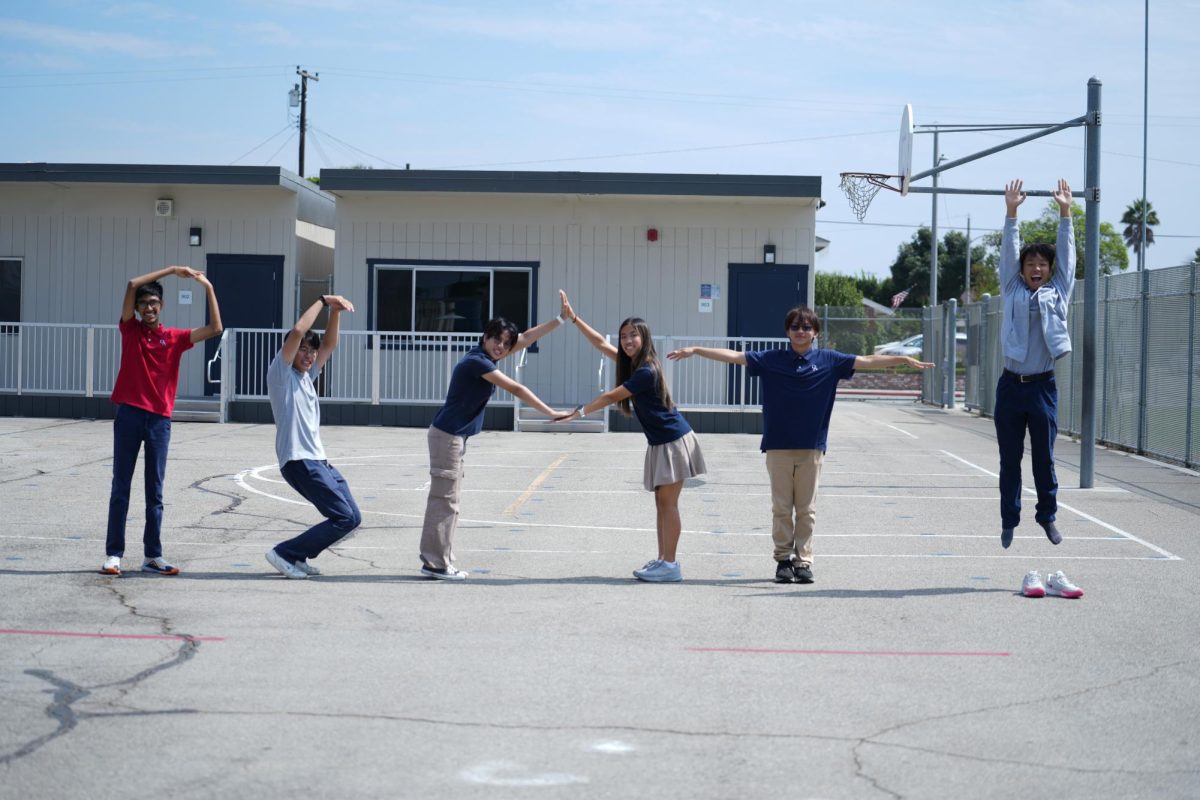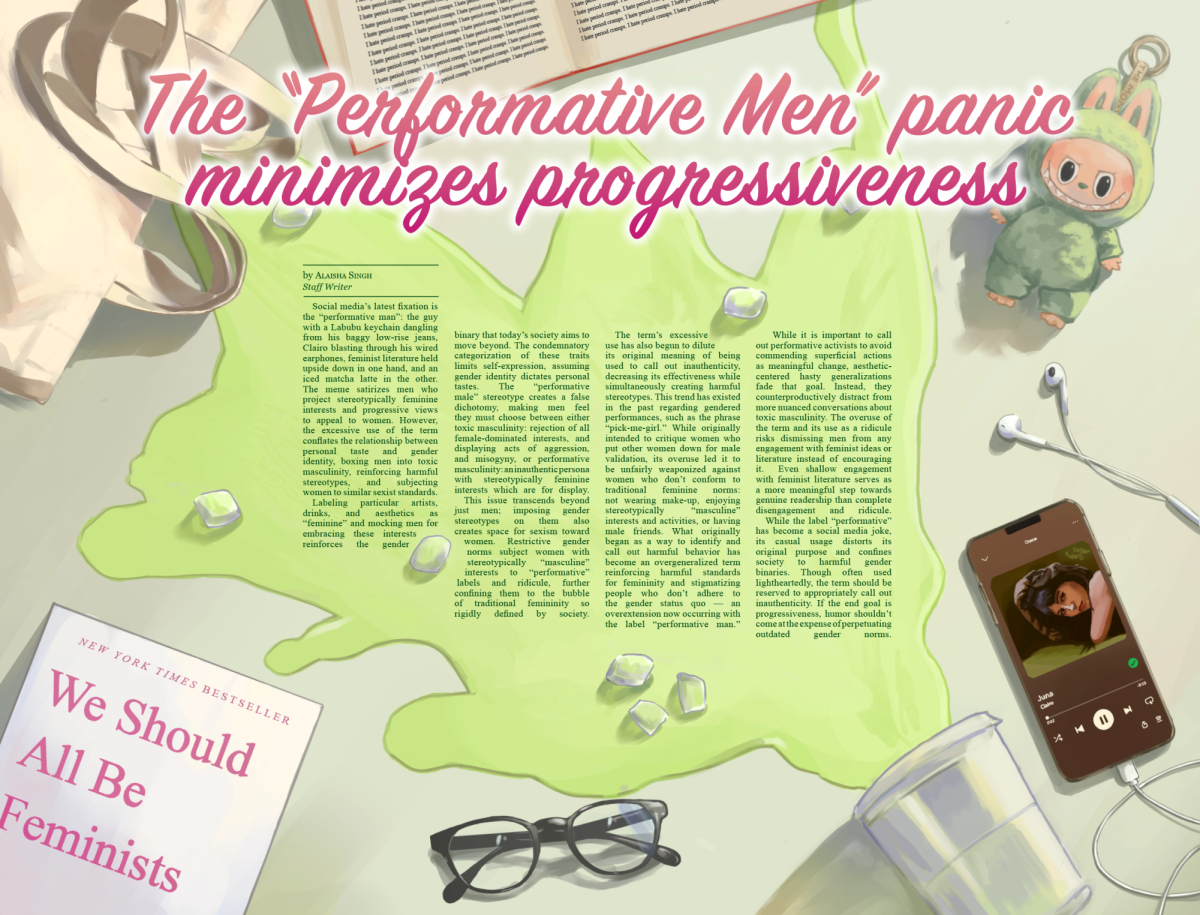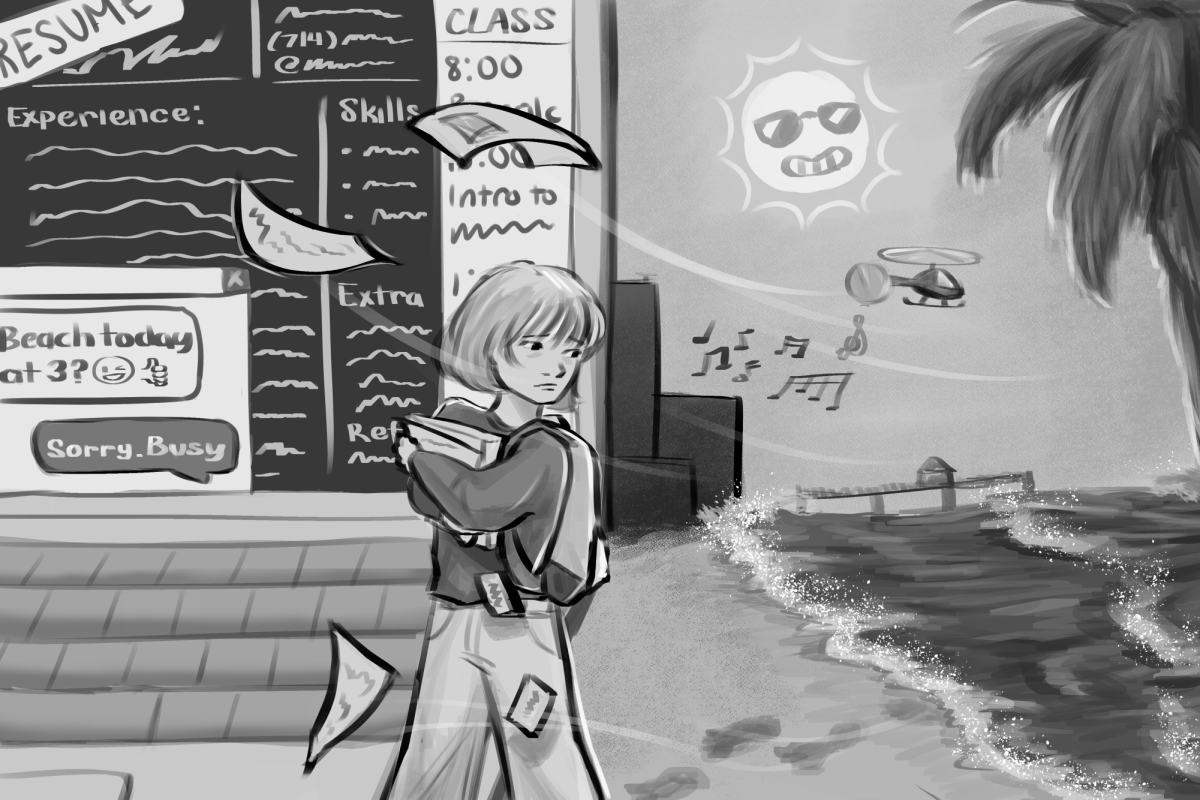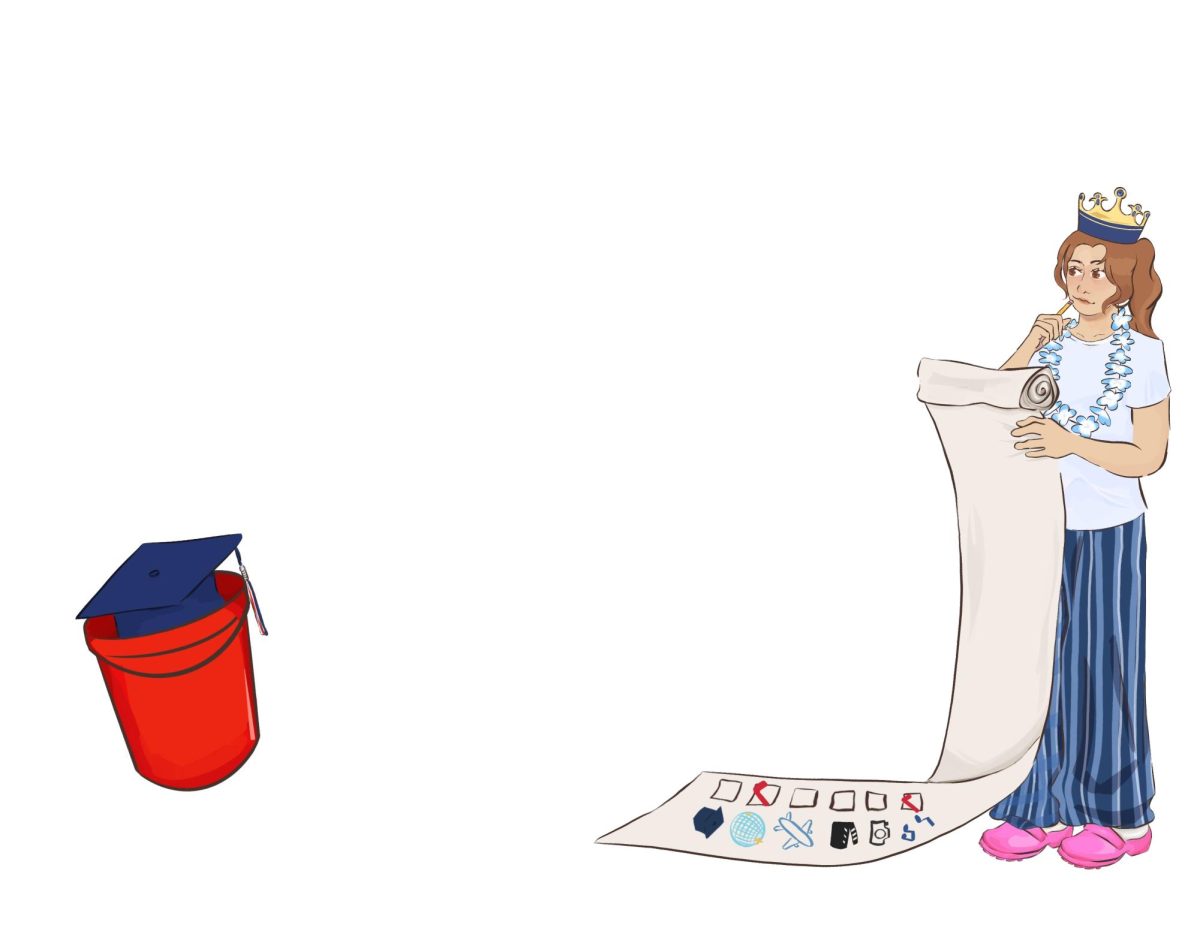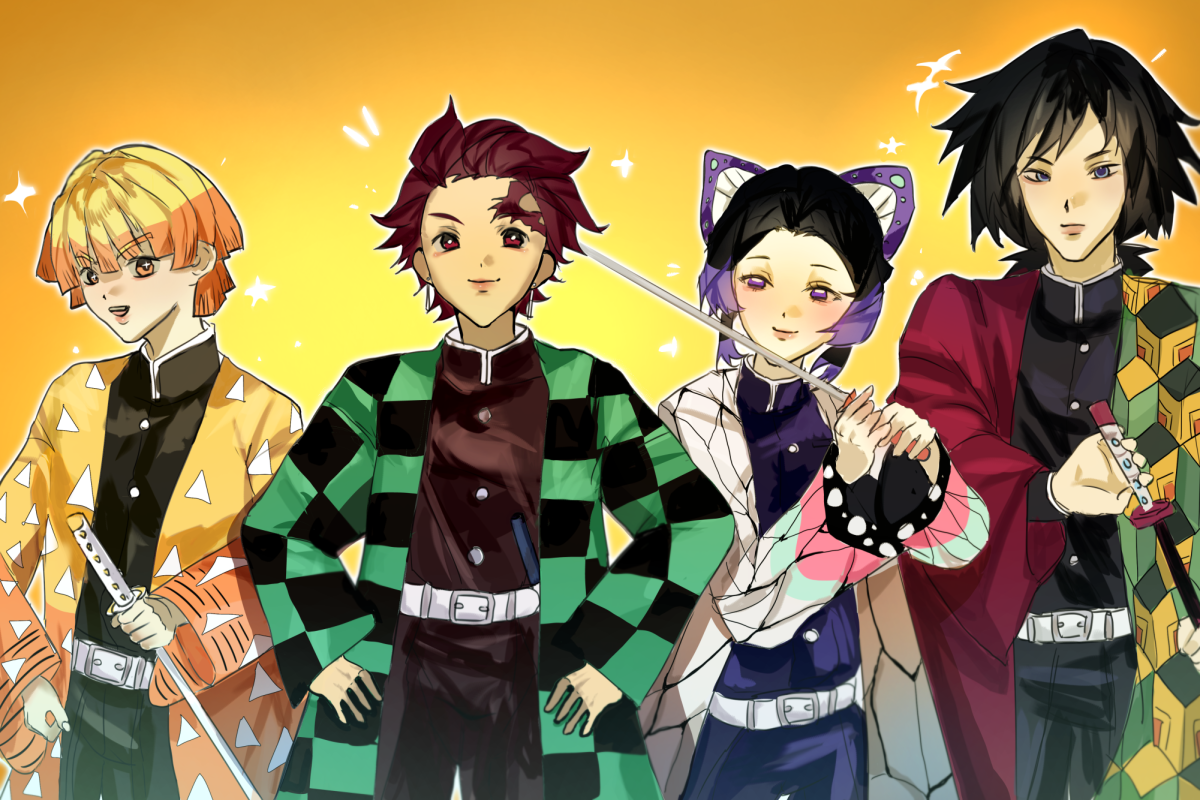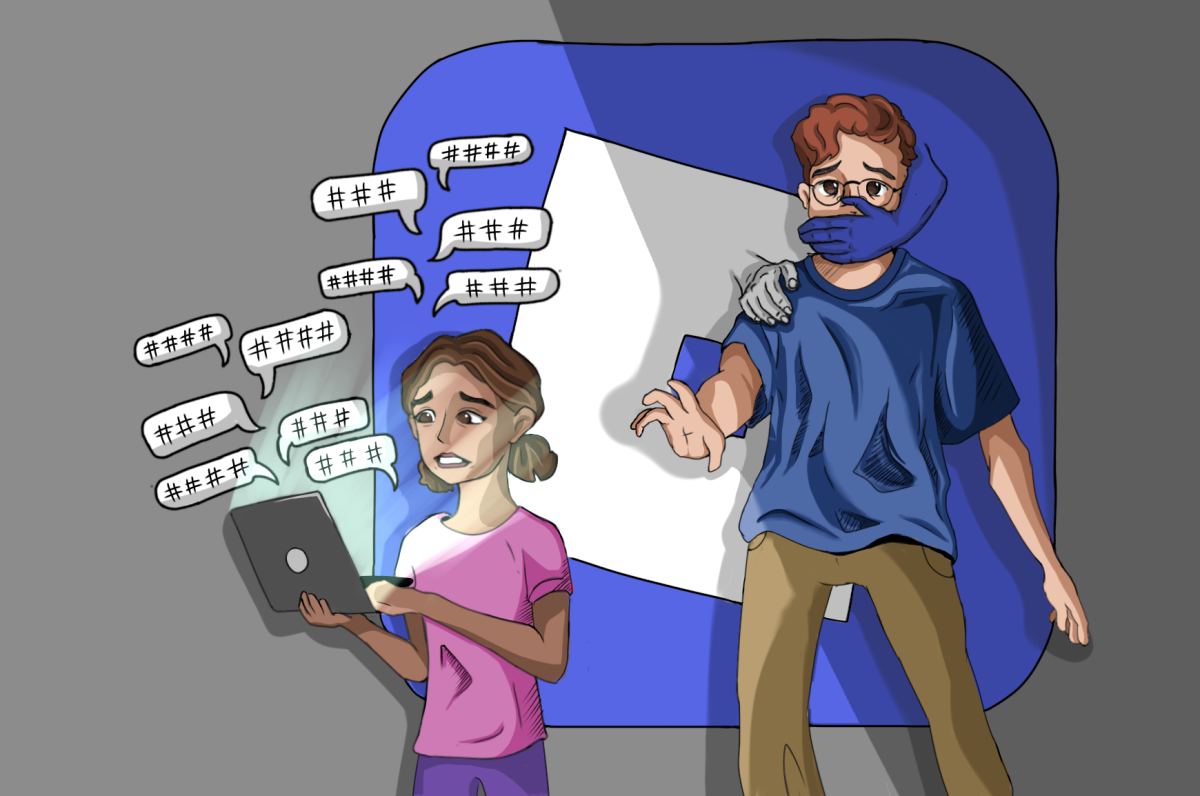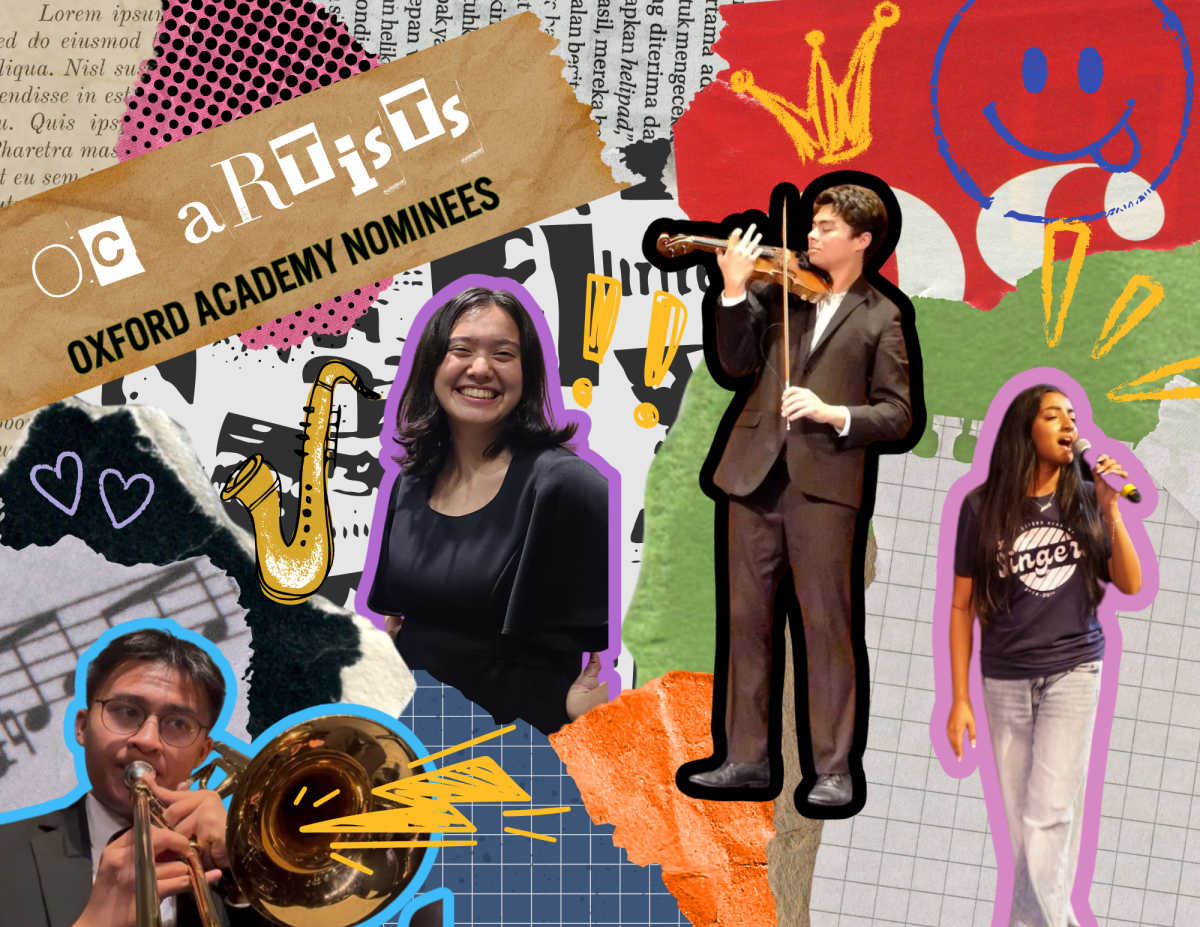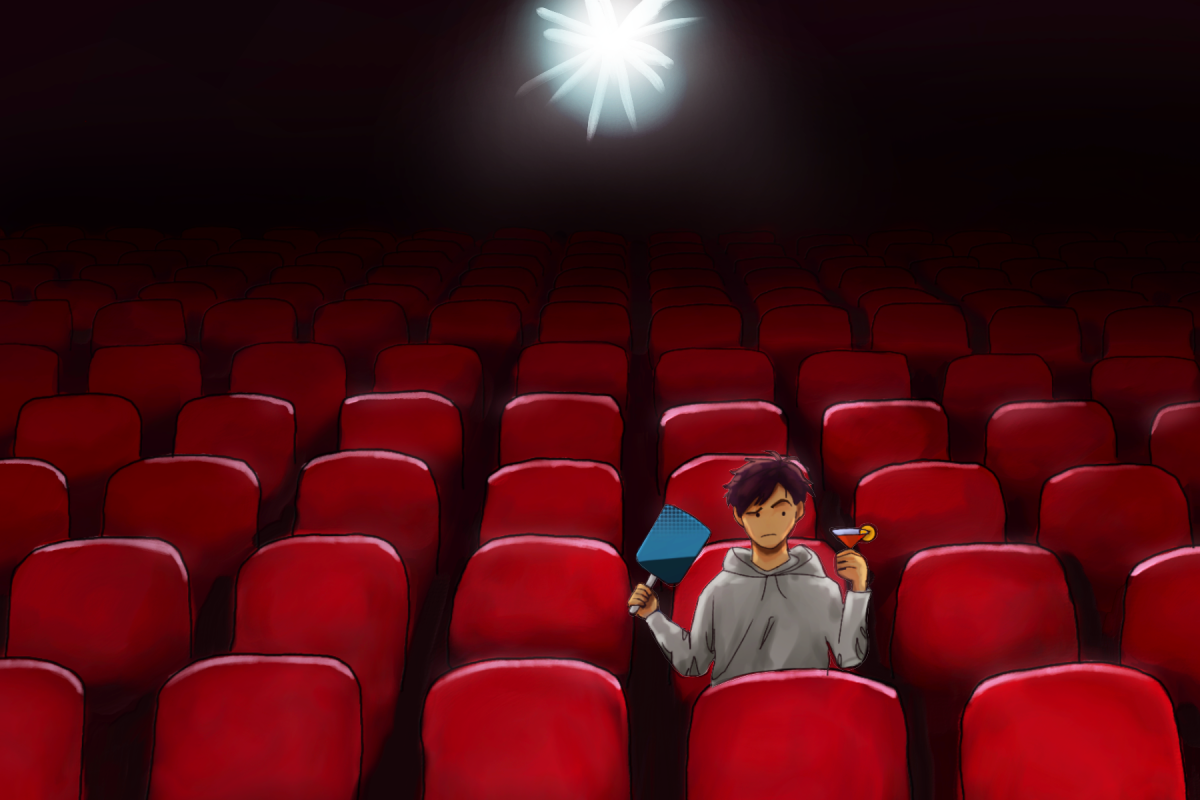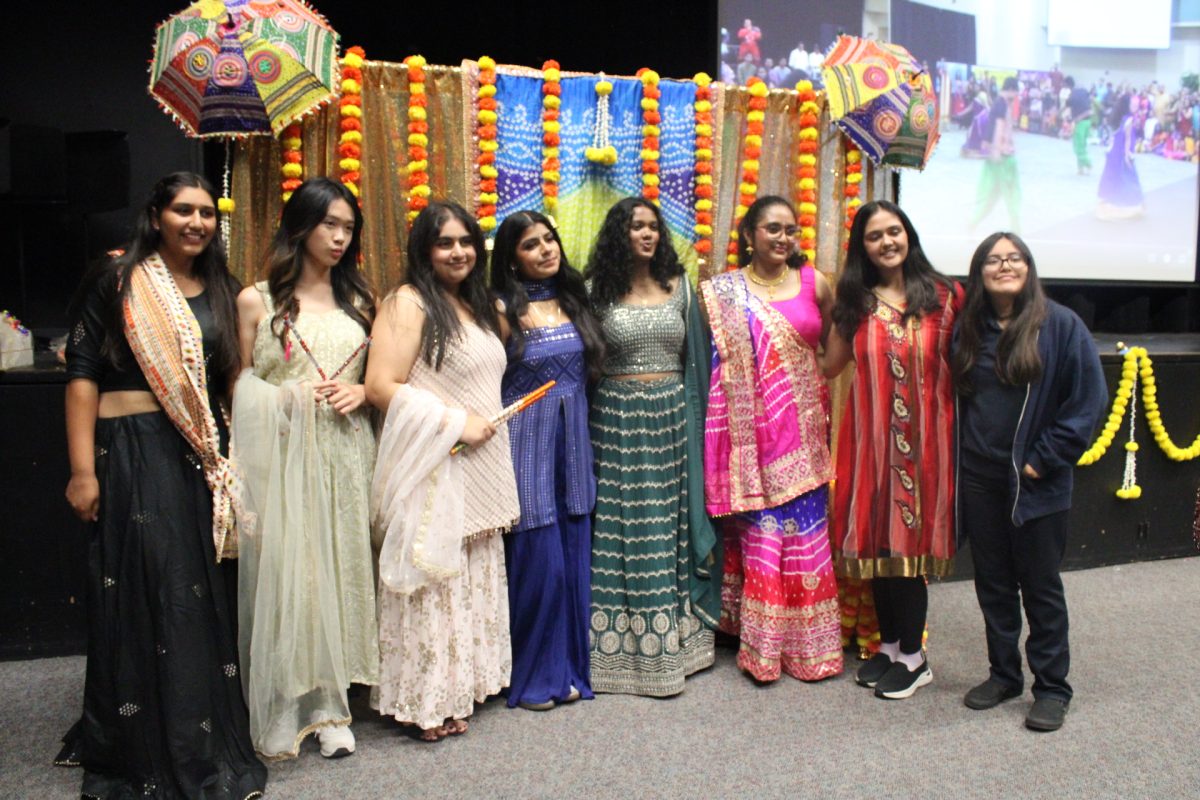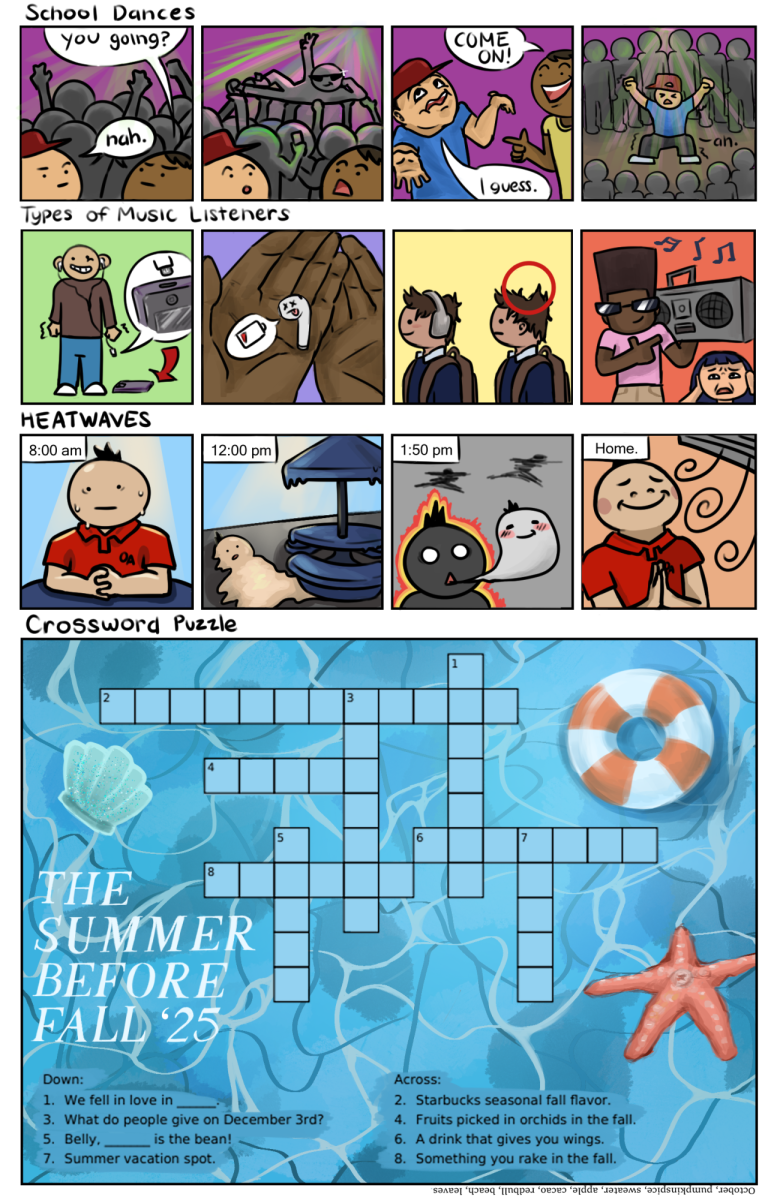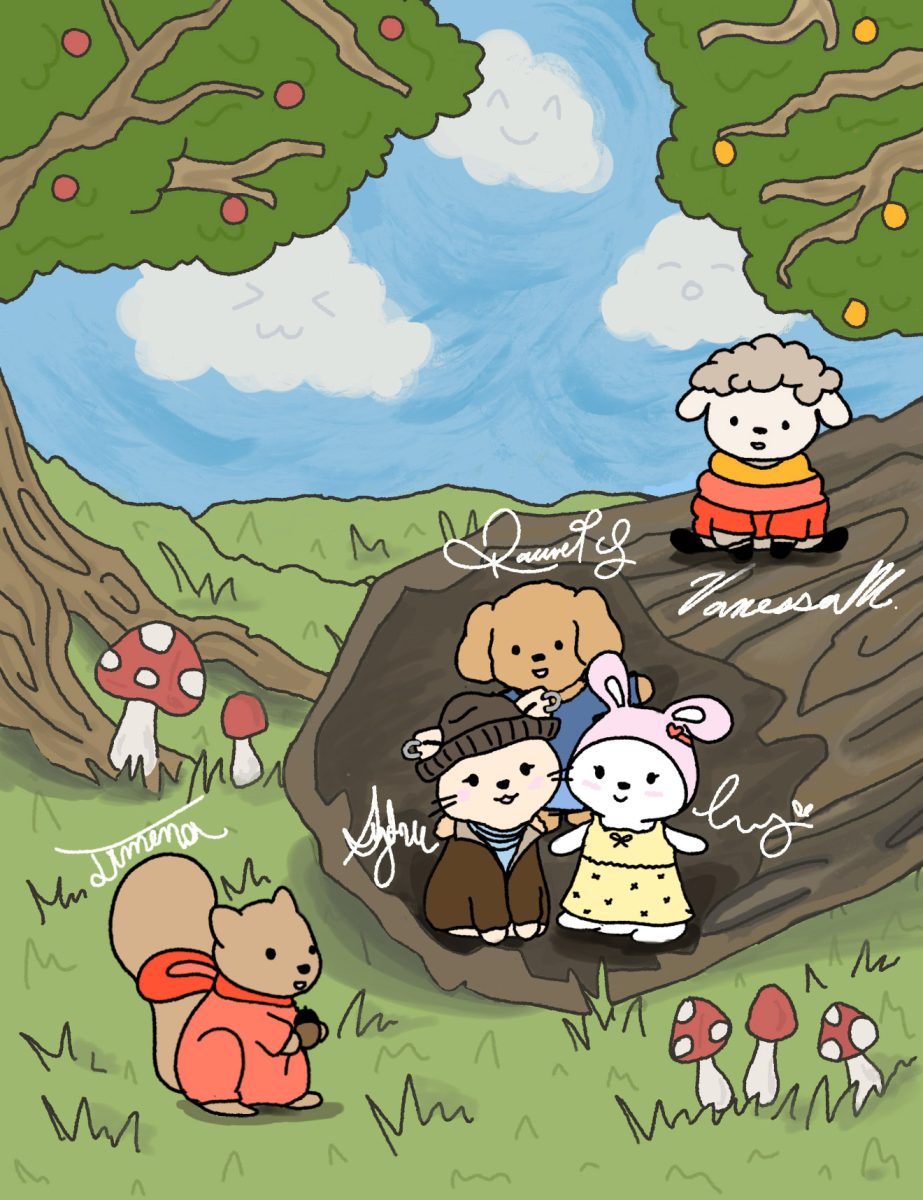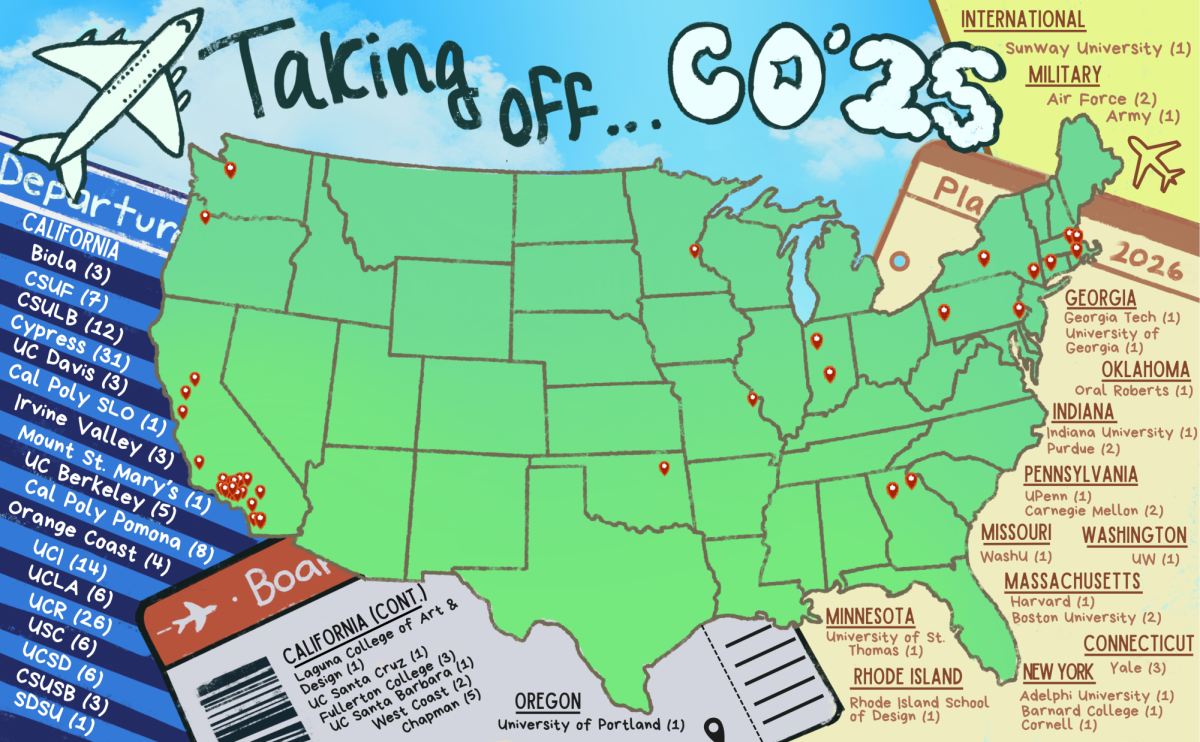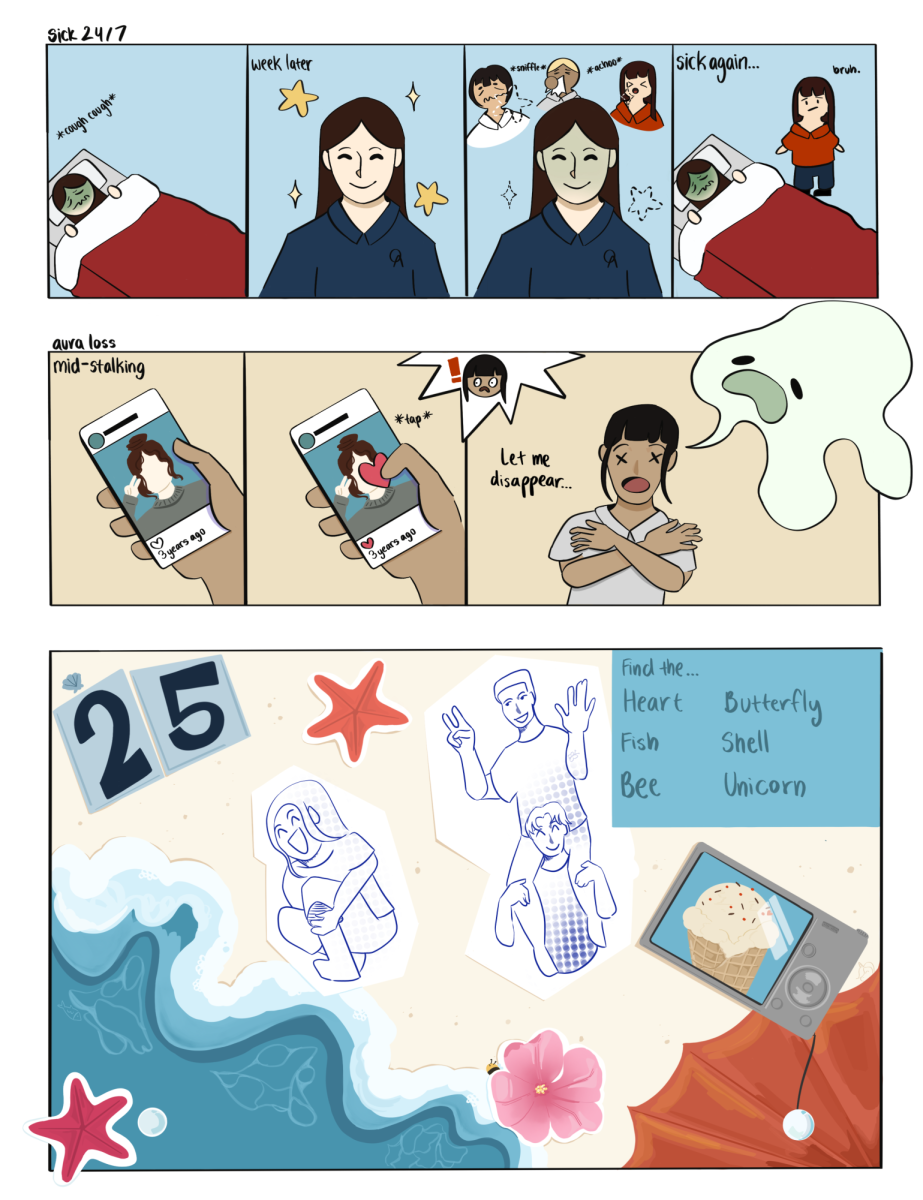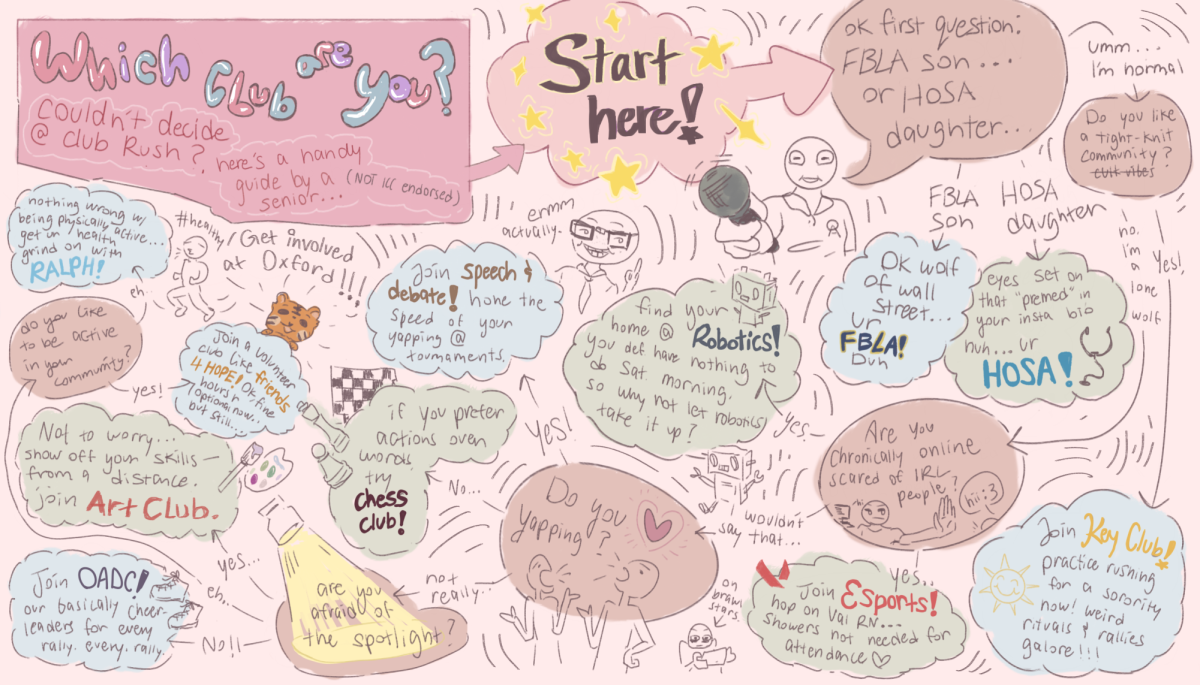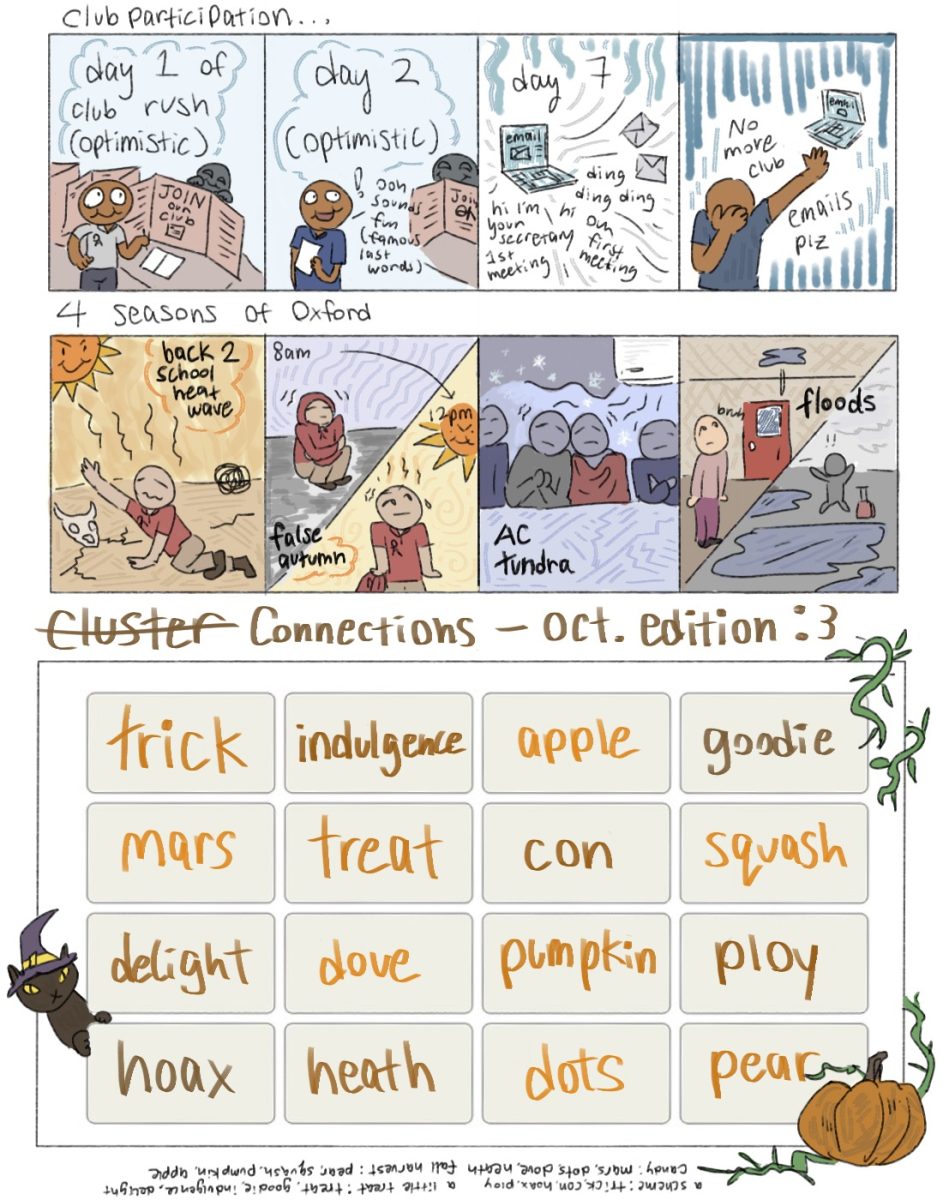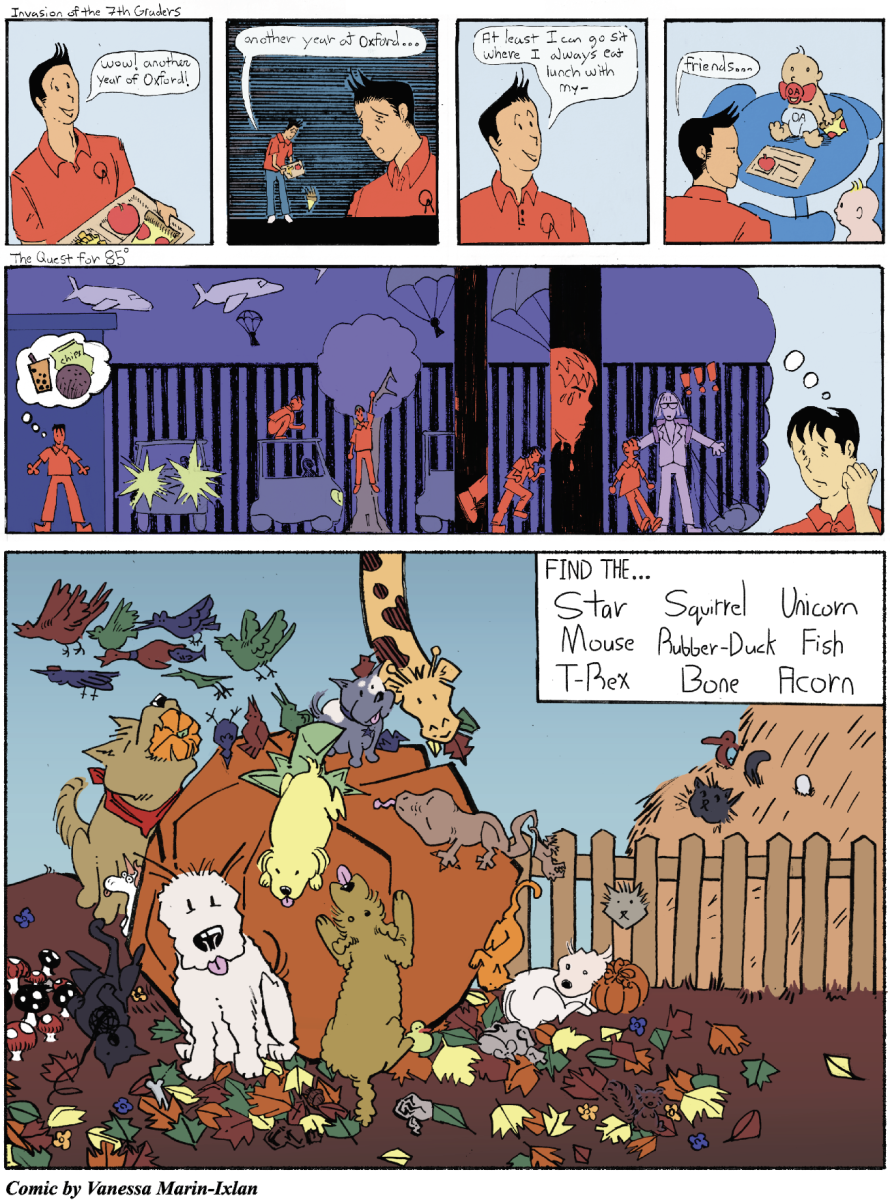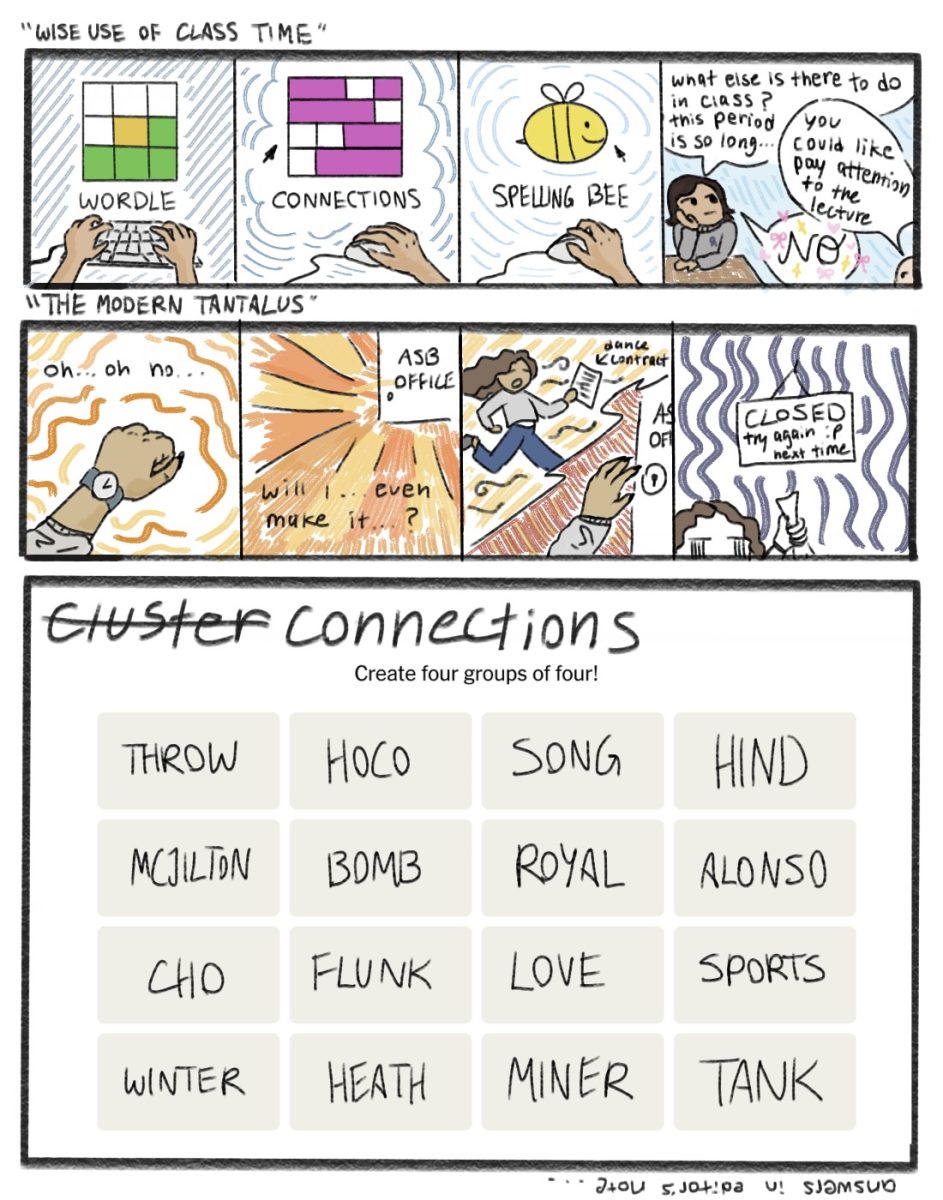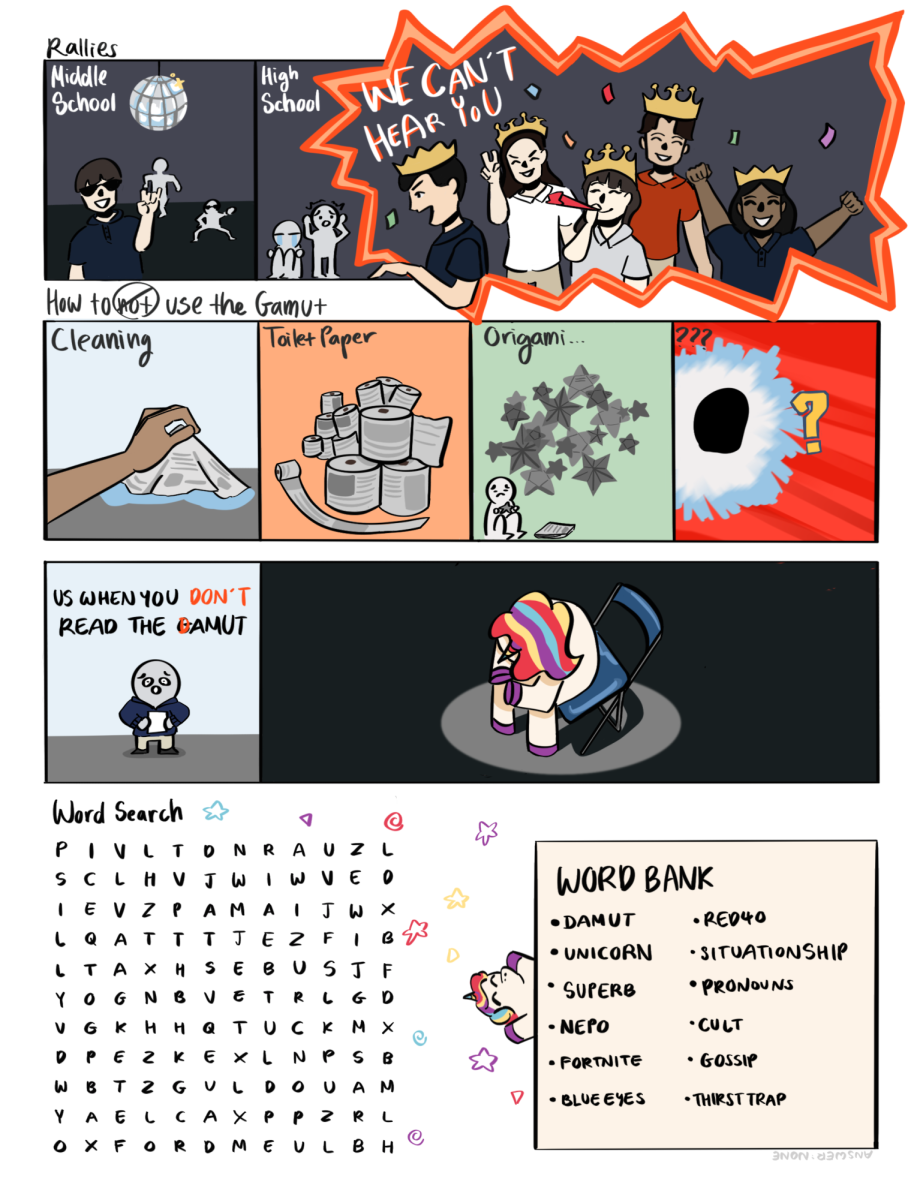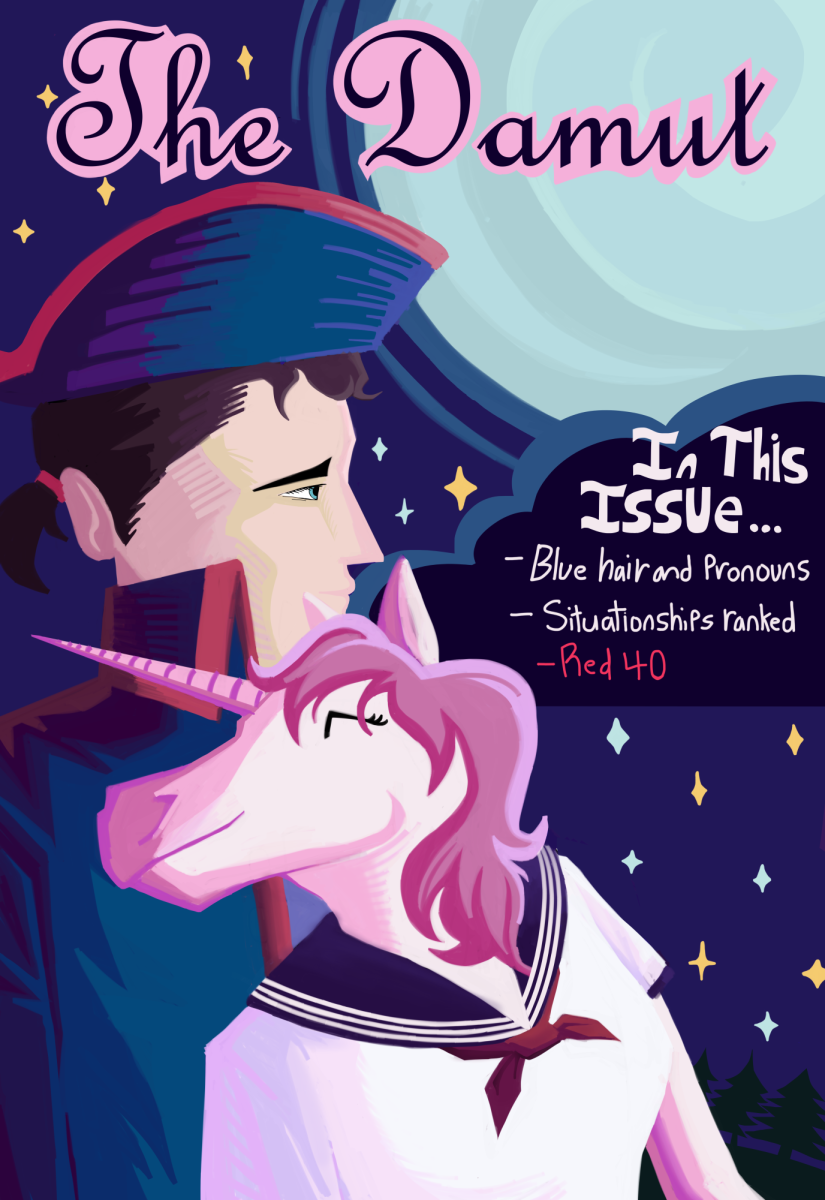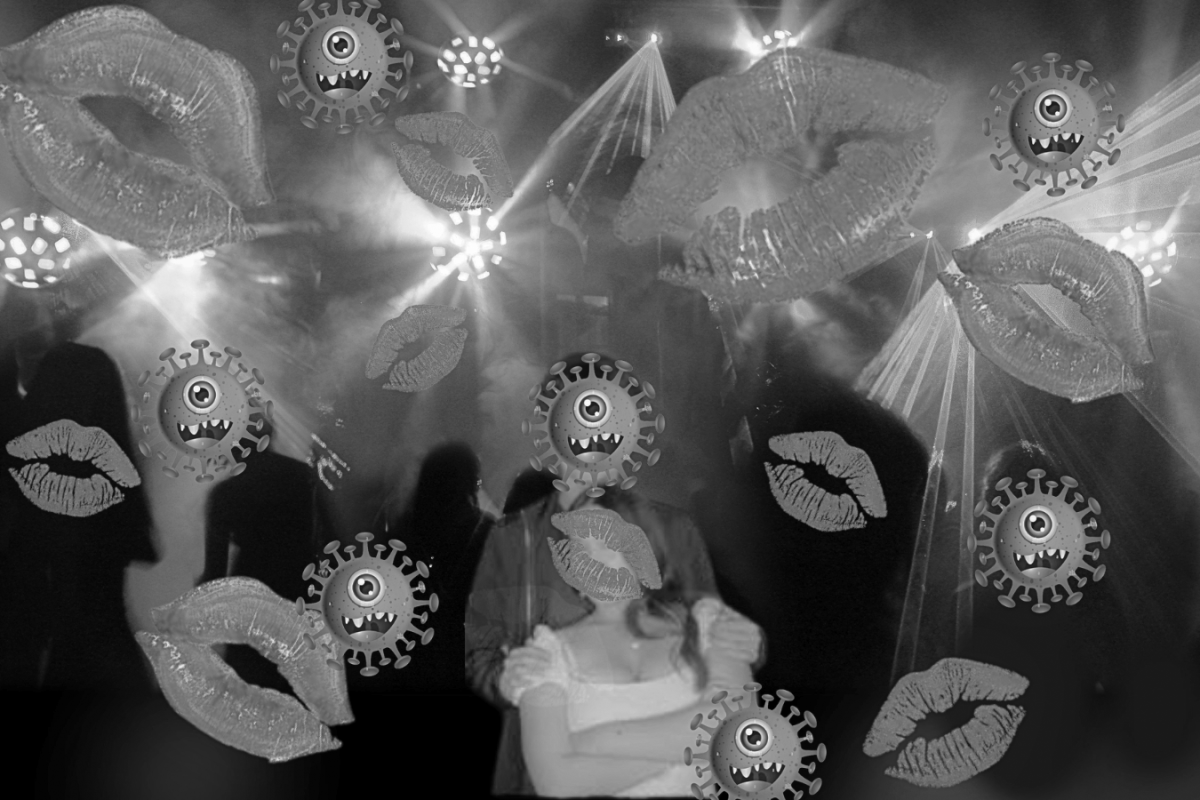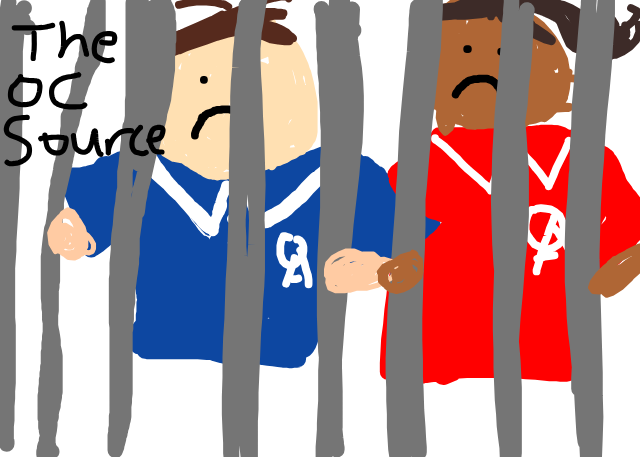“A Ballad of Songbirds and Snakes” released on Nov. 17 as the prequel to the classic “Hunger Games” film adaptations trilogy, racking up $98 million globally at the box office on opening weekend. Eerily beautiful and captivating, the movie proudly honors its iconic predecessor’s legacy despite its undercooked character relationships and rushed plotline.
Based on the hit 2020 novel of the same name by Suzanne Collins, “Songbirds and Snakes” follows Coriolanus Snow (Tom Blyth), the tyrannical president of “The Hunger Games,” as an impoverished 18-year-old attending a prestigious academy struggling to live up to the life of an elite. When he is assigned the mentor of Lucy Gray Baird (Rachel Zegler) in the 10th annual Hunger Games, Snow must do whatever it takes to secure a victory for Lucy Gray in order to win a life-changing scholarship for his family.
A flamboyant songstress with a colorful dress from the infamously poor district 12, Lucy Gray quickly becomes a Hunger Games star, which Zegler brings to life through soulful singing and vivid expressions. As Snow navigates the corrupt political world and a dangerous relationship with Lucy Gray, his psychotic spiral into madness flourishes as he is forced to choose between love and deceit.
However, the movie’s biggest flaw stems from attempting to condense the three part, tightly-packed novel into a film; Lucy Gray and Snow’s relationship lacks sufficient emotional build-up to highlight their complex codependency from the book, creating unconvincing moments of affection. The fast paced story means many scenes are hardly longer than a few minutes, causing the constant shift in setting to dilute the impact of many supporting characters and the cruelty Snow experiences.
That being said, each scene contains thoughtful world-building from the fabulous sets and innovative production. Purposeful color imbalances throughout the movie, like the harsh, bright red of the elite students’ uniform in contrast with the earthy tones of the district tributes, paint a classic dystopian world with an appealing yet unnerving visual aesthetic. Detailed settings, like the dusty Hunger Games arena dilapidated using CGI and head gamemaker Dr. Gaul’s unhinged lab of colorfully cruel experiments, excel at manipulating light and shadows to represent authority and evil.
Perfecting the uncanny ambiance, the film is filled with dramatic instrumentals, meaningful singing, and spine-chilling sound effects. For instance, the echoes of blood-curdling screams from the war-engineered jabberjay amplify and etch haunting scenes into the audience’s mind. Feverish violins and thundering drums heighten tension in the arena while a mystical, somber choral symphony concocts a sense of unease in seemingly peaceful scenes. Stealing the spotlight, Zegler’s vocal performance emotionally captures audiences with themes of hope, fear, and despair.
Although the compact plot feels unsatisfying at times, the high-quality production and plethora of references to the original trilogy makes “Songbirds and Snakes” a mesmerizing and fulfilling experience for “The Hunger Games” fans and nonfans alike. The result of a complex and meaningful story combined with impressive actors and directors, the movie is surely destined to become a paragon for villain backstories.




